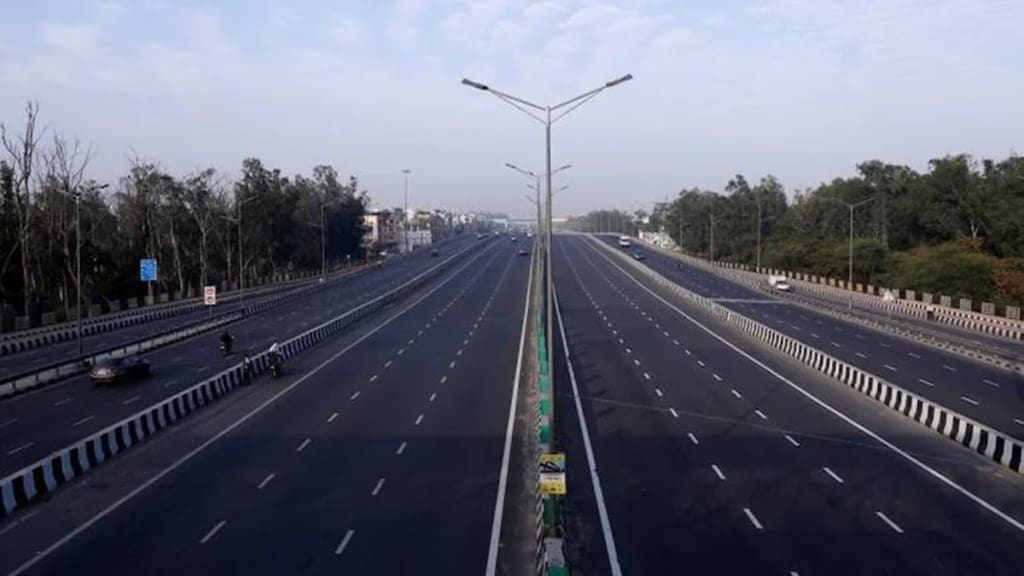The National Highways Authority of India (NHAI) special purpose vehicle for financing Delhi-Mumbai Expressway will raise Rs 1,000 crore through its maiden Green Bond issue that will hit the markets in the second week of December.
“To be held under a closed bidding system, the aggregate total size of the issue will be up to Rs.1,000 Crores with a base issue size of Rs. 500 Crores. There will be a green-shoe option to retain oversubscription up to Rs. 500 Crores,” a statement said.
The funds that will be raised by the Delhi Mumbai Expressway Development Ltd. will be used for building animal underpasses and overpasses in the forest areas, finance tree cover along the road stretch, street lights on solar energy, natural stormwater drainage, recycling of construction waste and flyash, rainwater harvesting and digging ponds.
“This initiative is a part of our vision to create greener National Highways and reiterates NHAI’s commitment towards environmental sustainability. The green bonds will help to encourage investment in eco-friendly projects especially in Roads and Highways sector and will facilitate long-term cost savings by reducing energy consumption and lowering the impact of vehicular emission on the environment,” chairman of NHAI Santosh Kumar Yadav said.
The issue will help in enhancing DMEDL financial performance in terms of the overall cost of borrowings and will diversify investor base by attracting ‘Environmental, Social, and Governance’ focused investors, the statement added.
Incorporated in August 2020, DME Development Ltd aims to raise about Rs 48,000 Crore from banks and financial markets through loans and bonds for building and operation of the Delhi Mumbai Expressway. So far it has raised Rs. 42,000 Crore for the 1380 km project that will cost in excess of Rs 1 trillion.
The project is being executed in 52 packages, out of which 31 are under Engineering, Procurement and Construction model while the remaining 21 are Hybrid Annuity Model or HAM projects. The HAM Model is a hybrid or mixture of EPC Model and BOT Model in which the government pays 40% of the project cost in trenches linked to milestones, while the balance 60% cost has to be arranged by the contractors.
With countries around the world stepping up their efforts to reduce carbon emissions, the market for green bonds is booming. There are global funds dedicated to investing in these bonds. Annual issuance of green, social, sustainability and sustainability-linked bonds is expected to cross $ 1 trillion in 2024, according to estimates.

